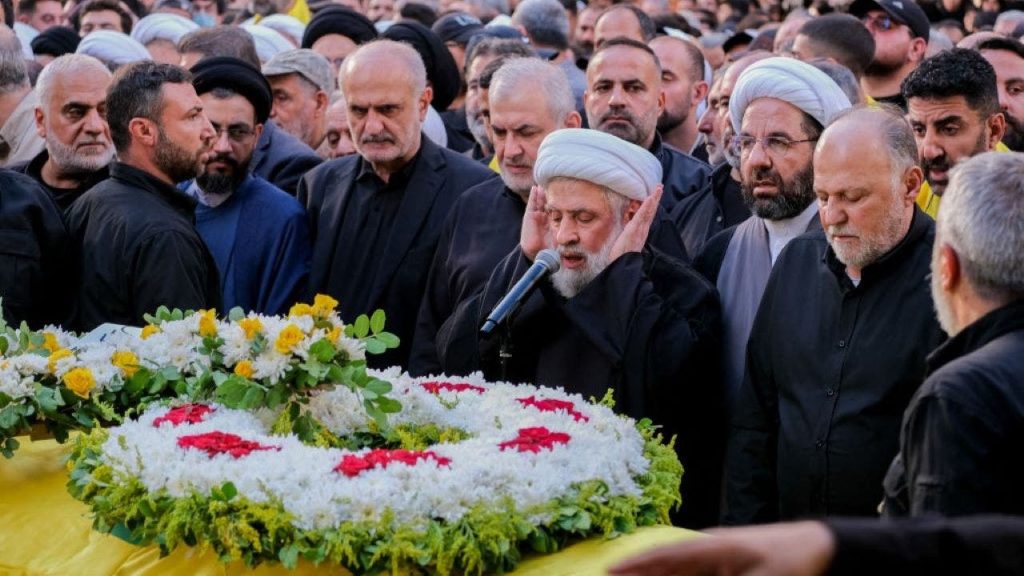The Lebanese terrorist group Hezbollah recently announced the selection of Naim Qassem as the new leader to succeed Secretary General Hassan Nasrallah, who was killed in an Israeli airstrike in September. Qassem had been Nasrallah’s second in command for many years and had also been a prominent spokesman for the group during its escalating conflict with Israel. Nasrallah’s likely successor, Hashem Safieddine, was also killed in another strike shortly after his death. Israel wasted no time in threatening Qassem and calling on him to stop hostilities. The Israeli government’s Arabic account suggested that Qassem’s tenure may be short-lived if he follows the path of his predecessors and urged for the dismantling of Hezbollah as a military force.
Qassem’s appointment as the new leader of Hezbollah comes at a time of heightened tensions between Israel and Iran, who have been involved in several direct attacks in recent weeks. Hezbollah has historically been viewed as an Iranian proxy group and has been the target of numerous Israeli airstrikes. Iran, in response to Israel’s strategic airstrikes against the country, has vowed to utilize all available tools to deliver a definite and effective response to Israel. Israeli air force jets had previously struck 20 targets across Iran during an operation called “Days of Repentance,” hitting air defense systems, missile and drone bases, and weapons production sites. President Biden expressed hope that the Israeli strikes would bring an end to the conflict.
The conflict between Israel, Hezbollah, and Iran continues to escalate, with ongoing threats, airstrikes, and counterattacks occurring on a regular basis. The appointment of Naim Qassem as Hezbollah’s new leader adds another layer of complexity to the situation, as Israel has vowed to continue its strikes against Iranian targets. Despite warnings and calls for de-escalation from various parties, the region remains volatile and at risk of further violence. The longstanding relationship between Hezbollah and Iran further complicates the situation, as each side seeks to defend its interests and retaliate against perceived threats. The international community, including the United States, is closely monitoring the situation and hoping for a resolution that will bring peace and stability to the region.
The ongoing conflict in the Middle East, involving Israel, Hezbollah, and Iran, has resulted in significant casualties, destruction, and instability in the region. The appointment of Naim Qassem as the new leader of Hezbollah has raised concerns about the continuation of hostilities and the potential for further violence. Israel’s strategic airstrikes against Iranian targets and Iran’s vows to respond with all available tools indicate that the situation is far from being resolved. The involvement of various countries and groups in the conflict further complicates the prospects for peace and highlights the challenges of finding a lasting solution to the longstanding tensions in the region.
As tensions between Israel, Hezbollah, and Iran continue to rise, the international community is closely monitoring the situation and expressing hopes for a peaceful resolution. The recent Israeli airstrikes against Iranian targets and Iran’s threats of retaliation have raised concerns about the escalation of violence and the potential for further conflict. The appointment of Naim Qassem as the new leader of Hezbollah adds a new dimension to the conflict and raises questions about the group’s future direction. The involvement of external actors, including the United States and other countries, further complicates the situation and underscores the challenges of finding a peaceful resolution to the longstanding tensions in the region.


